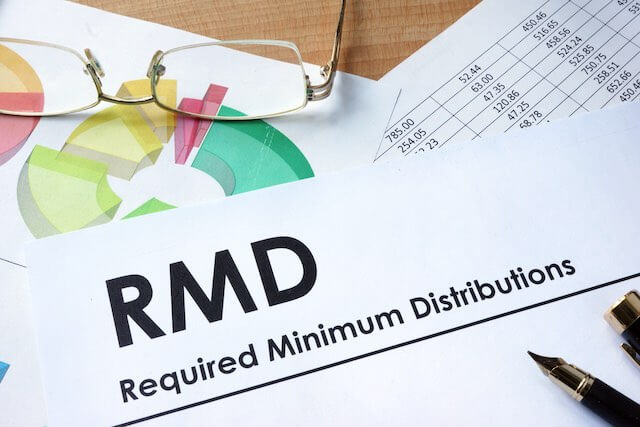Required Minimum Distributions (RMD) are a mandatory withdrawal that a retiree must take from their retirement accounts. The IRS granted us with the wonderful gift of tax-deferral – every dollar inside retirement accounts have been growing tax-deferred for you, and you likely took a deduction in the year that you put those dollars in there.
The generosity of the IRS has its limits, though. The rule says that if you’re 70.5 (or 72 in some cases), you must take a required distribution from your retirement account. Why? Because the IRS expects you to die at some point, and they’d like to collect their taxes on all of the tax-deferred growth and principal inside your accounts. The IRS website has RMD calculators if you need them. Missing an RMD could mean a 50% penalty on the amount not distributed.
As if IRS rules weren’t complicated enough, 2020 brought us an RMD waiver and changes to the RMD rules. We’ll take about some of these in this column.
The CARES Act
RMDs were waived in 2020 due to the pandemic, and many people opted not to take them if they didn’t have to. Here are some points to keep in mind as the new year begins with “normal” RMD rules:
- The CARES Act waived RMDs for those who are still working into their 70s. Typically the April 1 deadline for RMDs is mandatory for all owners of traditional IRAs. However, those still fully employed, if their plans allow, can wait to pay until the April 1 deadline after they retire to start RMDs from these plans.
- For those who turned 70.5 by 2020 and were still employed but retired in 2020, you would normally have to take an RMD by April 1, 2021. That has been waived through the CARES Act.
- For those who reached 70.5 years old in 2019 or earlier, you didn’t have to take an RMD in 2020 (despite the pandemic related waiver); however, it must be taken for 2021 by Dec. 31. Those who turn 72 in 2021 must take their first RMD by April 1, 2022 (for 2021’s withdrawal) and then again (for 2022) by Dec. 31, 2022.
- You may consider taking a withdrawal on Dec. 31, 2021, instead of waiting until April 1 the following year. This helps prevent you from getting hit for two lumpsums of RMDs in the same taxable year and avoid that double withdrawal on tax forms.
- Coronavirus related distributions are not subject to the 10% additional tax on early distributions. They are taxable, however, over a three-year period (one-third each year) or can be paid in the year the distribution was taken. This includes withdrawals from inherited IRAs.
Took an RMD in 2020?
If you took an RMD in 2020, you may be able to return it to your account to avoid paying taxes on it. This does not include inherited IRA withdrawals.
The CARES Act allowed the suspension of retirement plan loan repayments for up to a year. However, repayments typically resumed in January 2021. The IRS says this effectively gives up to six years (instead of five) to repay a typical plan loan.




